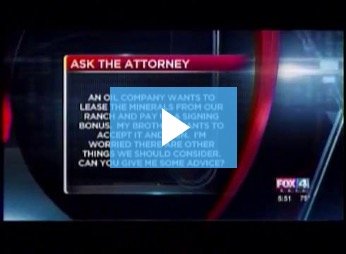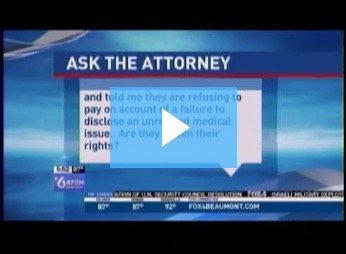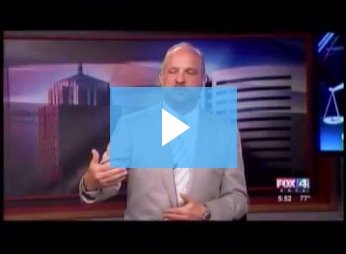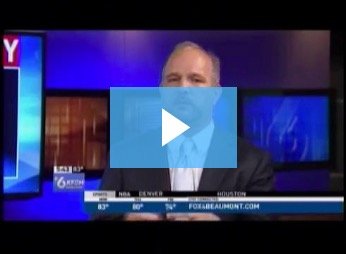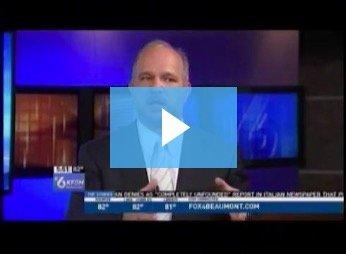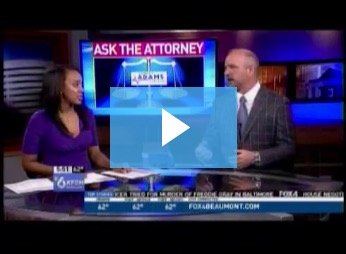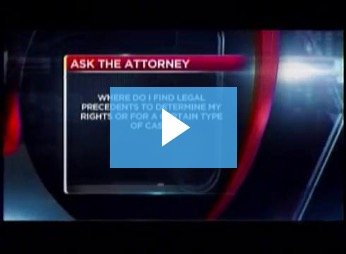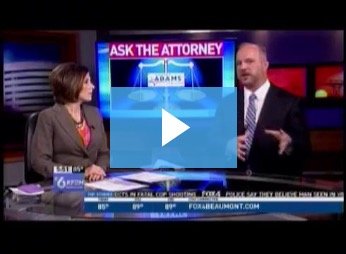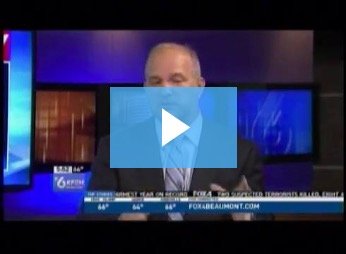Do You Have the Right of Way When Backing Out of a Parking Space in Texas?

Not every car crash is a fiery wreck on the freeway. Many collisions occur in parking garages and parking lots. Even low-speed “fender-benders” can lead to injury, including injury to intervertebral discs and other conditions like whiplash, which can cause long-term consequences, functional loss and pain. Recovering compensation after a crash depends on establishing negligence on the part of the other driver. When you are backing out of a parking space and are struck by another vehicle, who is legally responsible? Who has the right of way? Continue reading to learn about right-of-way and liability in a parking lot, and call a savvy Beaumont car crash lawyer if you have been injured by a negligent driver in Texas.
Parking Lot Right of Way
Determining fault involves applying a variety of factors about the rules of the road, right of way, the conduct of each driver involved, and other potentially other factors. As an initial matter, however, the driver with the right of way has an advantage in the determination of fault. All drivers, even in parking lots, must yield to the driver with the right of way. Right of way in a parking lot, in turn, depends on “thoroughfares” and “feeder lanes,” the two types of lanes in most parking lots which are generally marked by paint on the concrete, signs or both.
Thoroughfares are the main lanes that lead into and out of the parking lots. Feeder lanes are the smaller lanes that are inside a parking lot, located between the rows of parked cars. As a general rule, drivers on thoroughfares have the right of way. While thoroughfare drivers must still yield to pedestrians, bicyclists, approaching traffic outside of the lot, and nearby traffic signs and signals, feeder lane drivers must yield to drivers on the thoroughfares.
Drivers on both thoroughfares and feeder lanes generally have right of way over drivers backing out of a parking spot. When you are backing out of a spot, you should yield to all other pedestrians and drivers. If you hit a parked car while backing out of a spot, you are likely at fault. If you are backing out of a spot and you collide with a vehicle in the feeder lane, you might or might not be at fault.
Having said that, the general right of way is not always determinative of fault which gives rise to legal responsibility. Fault depends on the conduct of all drivers. If you see a driver coming down the feeder lane (or thoroughfare), it is appropriate to wait until they pass before backing out of your parking spot. If, however, you are halfway out of a parking spot and another driver comes speeding down the feeder lane and T-bones into your car, the other driver may be at fault. At that point, you are in the feeder lane, and the other driver may have been negligent in failing to yield to your vehicle, especially if they were speeding. If, on the other hand, you back into a car already in the feeder lane, you are likely at fault.
The ultimate determination of fault depends on the specific placement of each vehicle and the conduct of each driver. Make sure to collect evidence of your collision including photographs, security camera footage, and witness information, in order to prove that the other driver caused or contributed to cause the collision. A seasoned car accident attorney can help you document your accident and potentially build a case for compensation.
Call for Dedicated Help With Your Texas Traffic Accident Injury Case
If you’ve been hurt in a Texas car or truck crash, contact the zealous and compassionate Beaumont personal injury lawyers at the Gilbert Adams Law Offices for a free consultation on your case at 409-835-3000.


